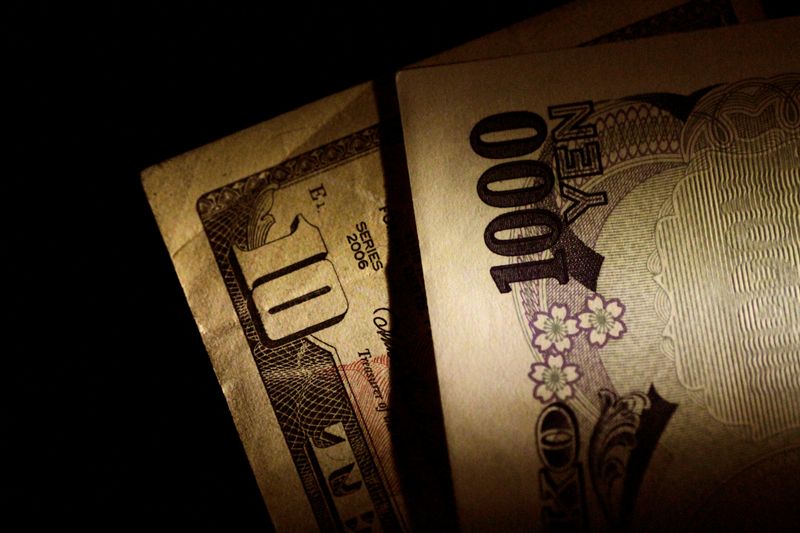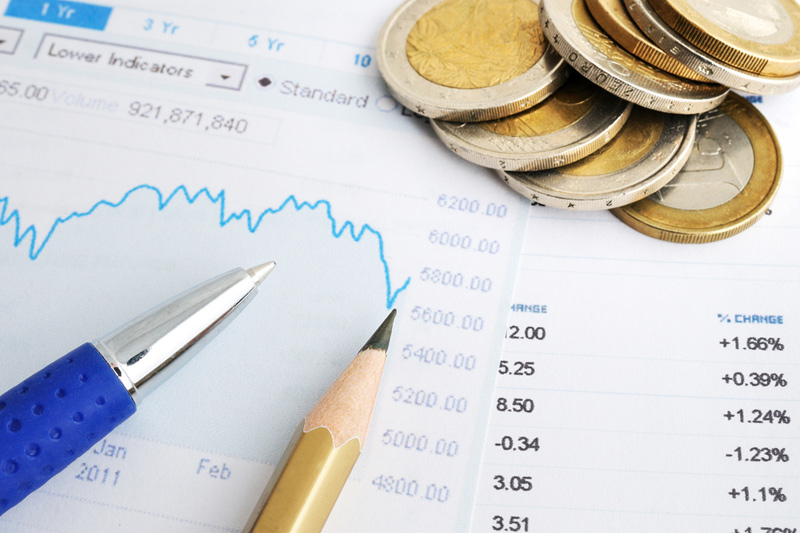By Gertrude Chavez-Dreyfuss and Amanda Cooper
NEW YORK/LONDON (Reuters) – The yen fell to a new 38-year low against the U.S. dollar and a record trough against the euro on Wednesday as the Japanese unit continued its downward spiral, with market participants on high alert for Japanese intervention to boost the currency.
The dollar, on the other hand, fell after a slew of softer-than-expected US economic data, which added to expectations that the Federal Reserve is likely to start cutting interest rates later this year.
It fell after data showed US private labor costs rose slightly less than expected in June and initial jobless claims rose, both in line with slowing momentum in the labor market.
A report showing that the US services sector shrank last month also weighed on the dollar.
With the dollar on the defensive, the euro remained resilient, helped by persistently high inflation on Tuesday, which suggested the European Central Bank would take its time before cutting rates again. Sterling was stable ahead of Thursday’s British elections.
Ahead of the July 4 holiday in the United States, the yen remained the main focus as it fell for the first time since December 1986 to 161.96 per dollar. The dollar last fell 0.2% at 161.08, after hitting a session low below 161. following weak US data.
The yen also reached an all-time low of 174.48 against the euro. The euro was last trading 0.4% higher at 174.13 yen
“The BOJ (Bank of Japan) should really wait for the Fed to cut rates and adopt some kind of ‘benign neglect’ policy,” said Helen Given, currency trader, at Monex USA in Washington.
“US interest rates are simply still too high for an intervention to succeed. It will take a catalyst on the US dollar side for it to fall, and that could come from the Fed. There were also rumors that Japan might have to finance another intervention. through the sale of US Treasuries, so I will be watching both sales and yields for any sharp moves,” she added.
Japanese authorities have been largely quiet on the yen this week, with Finance Minister Shunichi Suzuki only noting on Tuesday that the moves were being closely watched. He refrained from repeating the oft-used warning that the ministry was prepared to take action.
WEAK DATA HITS US DOLLAR
Wednesday’s data showed an overall U.S. economy slowing.
Initial claims for U.S. unemployment benefits increased last week, while the number of people receiving unemployment benefits continued to rise to a two-and-a-half-year high in late June. Unemployment claims rose to a seasonally adjusted 238,000 for the week ended June 29.
The number of people receiving benefits after an initial week of aid, a benchmark for hiring, rose to a seasonally adjusted 1.858 million in the week ended June 22, the highest level since late November 2021.
On Wednesday, ADP’s employment report showed that private payrolls rose by 150,000 jobs in June, following an increase of 157,000 in May. Economists polled by Reuters had forecast private employment would increase by 160,000.
“Overall, this is negative news for the dollar, pointing to signs of a reversal in the labor market trend, bringing a rate cut closer,” Alex Kuptsikevich, senior market analyst at FxPro, wrote in an emailed commentary.
The , which measures the currency against the euro, sterling, yen and three other major currencies, fell 0.5% to 105.11. It fell to its lowest level in three weeks earlier in the session.
The euro rose to a three-week high against the dollar and was last trading 0.6% higher at $1.0805.
The dollar was further pressured by a weak report on the US services sector from the Institute for Supply Management. The data showed a reading of 48.8, a four-year low, compared to 53.8 in May. It was the second time this year that the PMI fell below 50, indicating a contraction in the services sector.
Following the barrage of US data, US interest rate futures have priced in a 74% chance of a rate cut in September, up from 69% late on Tuesday, according to LSEG calculations. The market has also priced in two rate cuts in 2024.
The focus now shifts to Friday’s nonfarm payrolls report, which is expected to show a gain of 190,000 jobs in June after a rise of 272,000 in May, according to a Reuters poll of economists. The unemployment rate is expected to remain unchanged at 4.0%.
Currency
bid
prices at
3 July
02:46
pm GMT
Description RIC Last US Pct YTD Pct High Low
change bid at Close
Last
Session
Dollar 105.16 105.67 -0.46% 3.74% 105.8 105.
index 04
Euro/pop 1.0802 1.0746 0.53% -2.13% $1.0817 $1.0
ar 736
Dollar/Year 161.24 161.43 -0.12% 14.32% 161.945 160.
No. 895
Euro/yen 1.0802 173.45 0.42% 11.91% 174.51 173.
45
Dollar/SW 0.9004 0.904 -0.39% 6.99% 0.905 0.89
iss 86
Sterling/ 1.2769 1.2686 0.65% 0.33% $1.2777 $1.0
Dollars 736
Dollar/Approx. 1.3625 1.3678 -0.37% 2.81% 1.3686 1.36
nadia 18
Australia/Thurs 0.6723 0.6668 0.85% -1.38% $0.6734 $0.6
lar 664
Euro/Swiss 0.9725 0.9712 0.13% 4.73% 0.9733 0.97
s 08
Euro/Star 0.8458 0.8469 -0.13% -2.42% 0.8478 0.84
ling 6
New Zealand 0.6119 0.6078 0.67% -3.17% $0.6129 0.60
Dollar/Do 7
llar
Dollar/no 10.537 10.6679 -1.23% 3.97% 10.6953 10.5
road 268
Euro/Norwegian 11.3827 11.4634 -0.7% 1.42% 11.4925 11.3
yes 847
Dollar/SW 10.4769 10.576 -0.93% 4.07% 10.5911 10.4
Eden 67

Euro/Sweden 11.3187 11.3644 -0.4% 1.74% 11.3808 11.3
en 185


